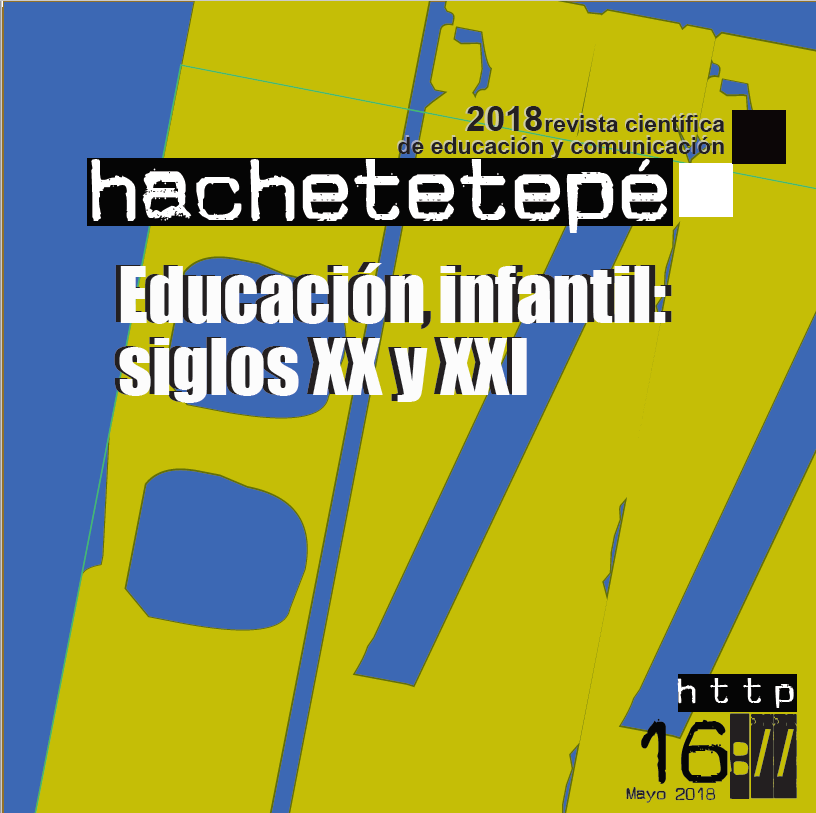What do the children write? Proposals for creative writing in the 21st century
Abstract
With the advent of the new century many things have changed in the educational context. Although new technologies have allowed us to broaden the horizons of knowledge and have modified the paradigms of how learning is obtained, there are still traditional forms that must be strengthened to expand creativity, imagination and aesthetic education. Creative writing, a discipline still in its infancy in the school context, allows us to install a different perspective of approaching language as a rich source of vocabulary and discursive structures. Freedom, play, spontaneity and inventiveness are part of a set of skills that articulate a wealth of knowledge and are channeled into the technology of writing. Becoming aware of this creative process, discovering the inner voice, giving shape to feelings and ideas and taking control of language are some of the strongest skills that are achieved with this practice. Writing projects not only promote the aesthetic dimension, but also help to structure logical thinking and channel the desire to express oneself. In that sense, writing represents an integrating experience, insofar as it requires reading as a source of inspiration and enjoyment; it involves a deep exploration of language, feelings and ideas; and uses different resources to find forms of expression.
Keywords
Downloads
How to Cite
License

This work is licensed under a Creative Commons Attribution-NonCommercial-NoDerivatives 4.0 International License.
Those authors who have published with this journal, accept the following terms:
- They will retain their copyright and guarantee the journal the right to first publication of their work, which will simultaneously be subject to the Creative Commons Attribution License . They may be copied, used, disseminated, transmitted and publicly displayed, provided that the authorship, url, and magazine are cited, and are not used for commercial purposes. No derivative works are allowed.
- They may adopt other non-exclusive license agreements for the distribution of the published version of the work (e.g., deposit it in an institutional telematic archive or publish it in a monographic volume) provided that the initial publication in this journal is indicated.
- Disseminate your work through the Internet (e.g., in institutional telematic archives or on your website) once the manuscript is accepted, which may lead to interesting exchanges and increased citations of the published work. (See The effect of open access).
Hachetetepé. Scientific journal of education and communication does not charge a fee for the submission of manuscripts or for the publication of its articles.
References
Anzola, R., Maggi M. E. y Díaz, F. (2002). Valores, Lectura y Escritura Creativa. Caracas: Fundación Provincial.
Arizpe, E. (2008). Children´s Literature in Progress: A response to Sebastian Chapleau. En: Canadian children´s Literature. 34.
Cassany, D. (2009). Reparar la escritura. Didáctica de la corrección de lo escrito. Barcelona: Editorial Graó.
Eagleton, T. (1988). Una introducción a la teoría literaria. México: Fondo de Cultura Económica.
Ferreiro, E. (1999). Cultura escrita y educación. México: Fondo de Cultura Económica.
Fundación Provincial (2003). Lo que escriben los niños. Edición a cargo de María Elena Maggi. Caracas: Fundación Provincial.
Gardner, J. (2001). El arte de la ficción. Apuntes sobre el oficio para jóvenes escritores. Madrid: Ediciones y Talleres de Escritura Creativa Fuentetaja.
Kaufmann, A. M. (1994). Escribir en la escuela: qué, cómo y para quién. En: Lectura y vida, 15, (3).
Naranjo, J. (200). Casa de la estrellas. Medellín: Editorial Universidad de Antioquia.
Páez, E. (2001). Escribir. Manual de técnicas narrativas. Madrid: Ediciones SM.






